It’s no secret that the internet is a powerful resource for taking bookings. In fact, many people...
How to Improve your Medical Practice Accessibility and Provide Better Access to Healthcare
Accessibility, especially in healthcare, is of utmost importance, and nowadays more and more medical practices realize that there’s much more they could do to cater to all their patients’ needs.
It’s not just your physical medical practice accessibility that matters anymore, it’s also how accessible you are in terms of information, digital resources, and online booking. Small changes in your practice can make all the difference for people with different ability levels. These can make all the difference to those who need them most, especially when it comes to access to healthcare.
Table of Contents
Why is medical practice accessibility so important?
What are some gaps in providing quality access to healthcare?
How can we make healthcare more accessible together?
What is accessibility?
The World Health Organization defines accessibility as “a person’s ability to access and use goods, services, facilities, or public spaces.”
From the physical accessibility of your building to ensuring people with disabilities have access to all kinds of services, this is an important topic for everyone involved in healthcare (and beyond).
It can be difficult for patients with limited mobility or sensory impairments to find their way through a complex office space with stairs, tight corridors, and fixtures too low or high off the ground. And each of these issues can contribute to making them feel less welcome, and less cared for.
As such, there are many gaps in healthcare accessibility that need to be addressed.
Why is medical practice accessibility so important?
Accessibility means that everyone is treated equally.
It means that everyone has access to the same level of care and it ensures people can visit a doctor when they need to. In healthcare, this can be the difference between someone receiving treatment for a critical illness, or not.
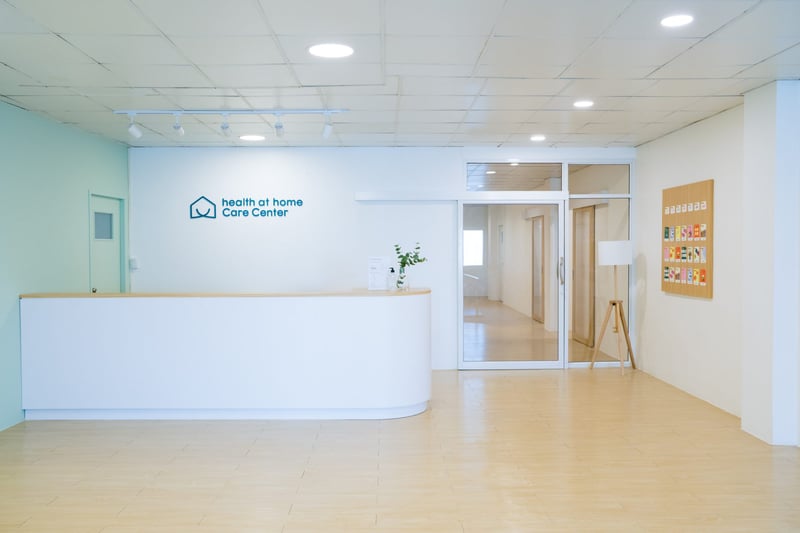
There are many regulations and resources in place about making medical practices more accessible, but these can be difficult to uphold without the proper knowledge or tools. Of course, most practices will already have some physical features in place to help those with disabilities, but, it’s when we start talking about virtual features that many will get stuck.
Last but not least, in today’s modern age, medical practice accessibility means both offline and online.
What are some gaps in providing quality access to healthcare?
As medical accessibility is especially important, let’s dig into some of those gaps in modern-day practices. Here’s our non-exhaustive list…
Lack of proper care
Lack of proper care is a pressing problem for those with disabilities. As well as needing frequent treatments and medication, people with disabilities also need access to regular health checks and checkups.
Many healthcare professionals need to be more aware of how to effectively communicate with patients who have disabilities (including those with hearing or visual impairments). They also need disability-friendly medical equipment such as scales and adjustable examination tables and be able to extend appointment times if necessary.
Lack of accommodation can lead to feelings of exclusion and people with disabilities struggling to access the healthcare they need.
Difficulty paying for care
The cost of healthcare can be a huge burden on those with disabilities. As well as the hefty out-of-pocket costs for treatment, people often need to pay for expensive equipment such as wheelchairs or mobility aids.
In some cases, they may also have to buy medication that is not covered by their insurance policy. On average, a shocking one in three adults with disabilities aged between 18-44 has unmet health needs that are being put off due to financial worries.
This is an immense strain on people living with disabilities, especially when they don’t have a stable income or insurance coverage to help manage costs.
Health risk factors
Health risk factors are another issue. For instance, people in wheelchairs may have trouble leading an active lifestyle, which can lead to health risks such as being overweight or having high blood pressure.
In fact, people with disabilities often end up with additional conditions such as fatigue, obesity, and depression. Yet, the development of these conditions isn’t due to having a disability – it’s often the result of inaccessible healthcare.
What are some challenges with healthcare accessibility?
Of course, all these gaps in medical practice accessibility have led to some challenges for patients. These include:
Travel complications
For those who require a specialist doctor, living in a rural area can present its own challenge. Many people with disabilities encounter travel complications getting to and from their GP. This can lead to incomplete or sub-par healthcare just because of where they live.
Shortage of providers
Just like with travel complications, a lack of suitable medical providers in a person’s area can mean they struggle to access proper healthcare. The greatest concern for rural communities is the lack of qualified and experienced doctors within easy range.
In the US, there are only 2.6 doctors per 1000 people, which can make things increasingly difficult for those with disabilities. Plus, clinician shortages can be a challenge at remote locations, in small facilities, and for organizations with limited financial resources.
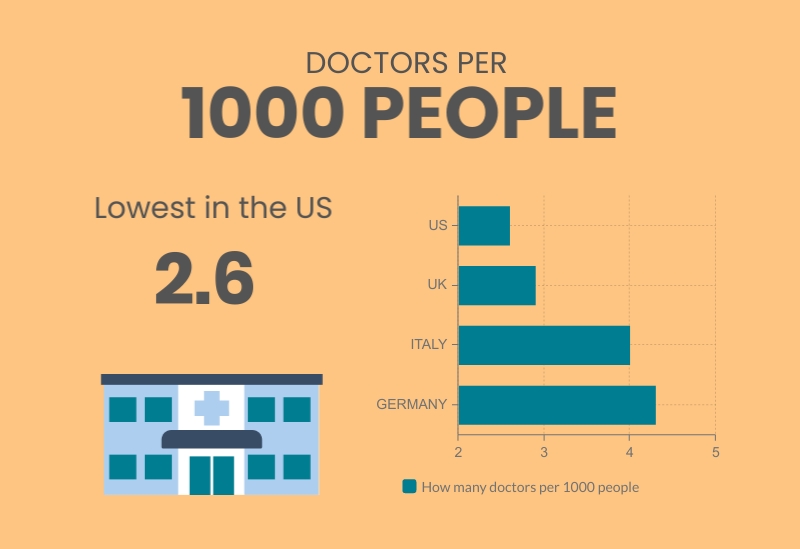
Employment challenges
Employment discrimination and prejudice due to disability is a big problem on its own. In 2000, 37% of disabled people reported having felt that there was a lot of prejudice around disability. But some people with disabilities may struggle to remain in employment as well.
If they need to take a lot of days off from work, for example, if they frequently suffer from depression, or need time to visit the hospital for treatments, some employers can be unsupportive of this.
This can lead to an inability for them to recover and a resulting health deterioration. Healthcare accessibility has had a detrimental effect on many individuals’ careers due to this issue.
Lack of awareness
Some people just aren’t aware of the needs of those with disabilities. For instance, they may not know that a wheelchair-bound person needs an accessible entrance to be able to access a building, or that somebody with partial blindness might struggle to book an appointment online.
Reception staff in a GP might not know how to communicate with someone with sensory impairments and surgeries themselves might not be equipped with the necessary equipment to treat some patients.
Lack of awareness causes countless problems for access to healthcare and leads to people with disabilities being largely excluded from medical care and support.
How can we make healthcare more accessible together?
So, how can you improve accessibility?
There are several small changes that can be made to a medical practice to achieve accessibility. Every bit counts and these small steps will help all patients feel more welcome.
Quick and easy appointment scheduling
For some people, booking appointments can be tough. It can be a complicated and lengthy process, especially if you aren’t familiar with modern booking technology or if one has a disability that makes it difficult to use the computer.
It can be both intimidating and frustrating for people who are new or struggling with their condition, which is why omnichannel appointment scheduling can make such an impact on medical practice accessibility.
Implementing an accessible online appointment booking system can make all the difference in how your patients feel when they visit your practice.
The right technology choices
There’s no denying that technological medical equipment has come a long way since the days of pen-and-paper charts. It’s often overlooked how much adopting new medical technologies can help patients with disabilities and improve medical accessibility all around.
But many practices haven’t adopted newer advances yet.
The reality is that there isn’t just one “best” option for medical practices anymore. Instead, there are multiple options available, and, depending on your needs, some will be more suitable than that others.
Some of the options that will help accessibility the most are:
- Virtual appointments for remote consultations
- Voice booking technology – like the 10to8 Accessibility Suite
- Telemedicine apps that connect doctors with patients who live far away from a clinic or hospital
Choosing what’s right for you depends on factors like location and budget – but some of these choices are fairly affordable and easy to implement. Such as the 10to8 Accessibility Suite.
Use voice booking technology
With 10to8’s voice scheduling feature, patients can book appointments without additional admin workload for your practice. This means that your staff can instead focus on providing best-in-class care. It also means your customers don’t need to sit in a hold queue and can book an appointment any time of day whenever it suits them best.
Patients can phone a number and will be taken through an automated booking flow. From there, they can select the service, location, time slot, submit their details, and book their appointments.
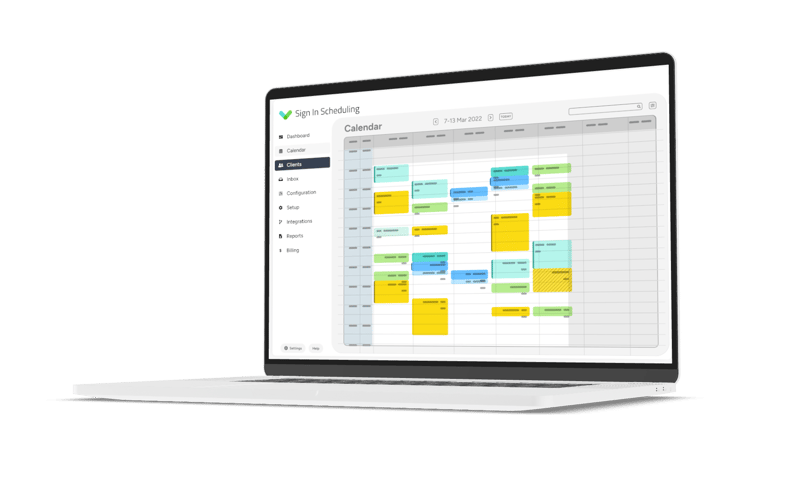
But, collecting customer details via AI (Artificial Intelligence) is not always accurate. AI sometimes misunderstands, leading to errors on booking forms and miscommunication. This is why 10to8 also saves the voice recording from the call, so a human can go in and fix any errors that occur during the booking process.
This type of booking means there’s no need for a computer, an email address, or even an internet connection at all. It’s ideal for those with vision impairment, or simply for those who aren’t familiar with modern technology, and gives everyone better access to healthcare.
Manage the slots available
Appointment volume in medical practices needs to be well planned. Having too many appointments too close together leads to healthcare staff being rushed. This can cause mistakes and patient dissatisfaction. At the same time, having large a gap between appointments can lead to wasted time and fewer patients fulfilled.
Occasionally, people with disabilities will need their appointment times to be extended and, if slots are too close together, this could cause a hold-up at your surgery.
When you’re deciding which appointment slots to give, leave plenty of time in between appointments to allow for more 1-to-1 focus time with patients. Be sure to make patients’ needs the first priority – this will both ensure you are providing the best patient experience, and mean that those who need it are getting the best treatment possible.
Partner with pop-up clinics
For more flexible locations up and down the country, partnering with pop-up clinics or remote facilities is a great way to ensure that people who aren’t able to easily get to a doctor have access to healthcare.
Many pop-up clinics rely on doctors to volunteer their time and skills. This helps to provide medical care at a low cost for patients. This can be on a first come first served basis, this will still be a bonus for patients with disabilities.
Utilize telehealth
Telehealth has rapidly increased in popularity over the past few years, and it can do a lot to improve the lives of those with disabilities.
Telehealth means remote healthcare. People can see a doctor, receive a diagnosis, and get a prescription remotely via video chat. This can help those who are unable to travel and get medical care and provide medical service in the comfort of people’s homes.
All sorts of ailments can now be treated via telehealth from asthma to eye infections. It’s a great way to offer a remote and convenient service to those who need it while also reducing footfall at your practice and the chance of spreading disease.
You can also utilize telehealth to give patients a quick and easy response to their queries and problems. Allowing customers to reach out via electronic means – either SMS, email, or video call – will further mean they won’t have to keep traveling back and forth to a healthcare provider, or sitting on hold on the phone, which can be both difficult and incredibly inconvenient for some.
There are even services available now that mean patients can send things like blood samples or swabs via remote means. Drones are being used in particularly remote areas to collect medical samples and utilizing this type of medical technology to provide access will be life-changing for many.
Provide flexible opening hours
For those who need to see a doctor at your practice, opening times between 8 am – 6 pm can be inconvenient.
These are the primary working hours for most of the world’s population. If people need assistance traveling to the GP, they may not be able to get there at all within those hours without someone taking time off work to help them.
Of course, We’re not suggesting that you see patients at midnight, however, extending your hours once or twice a week will go a long way with patients.
Provide disability access outside your surgery
To make sure your medical practice accessibility meets standards, you’ll need to work on the interior and exterior of your clinic.
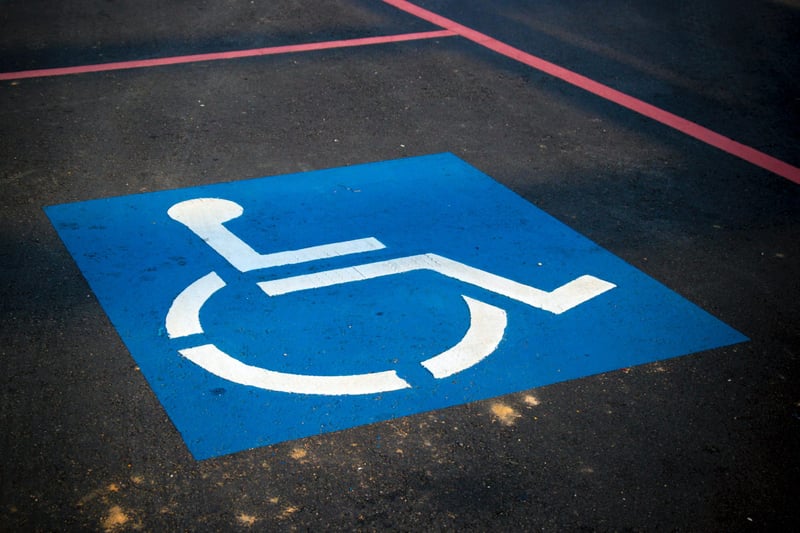
A few changes you’ll need to implement outside are:
- Disabled parking spaces
- Enough space for disabled people to enter and exit a vehicle safely
- An obstacle-free route from the surgery to the car park
- An accessible path to the surgery for those with both mobility and sensory impairments
- An entrance suitable for wheelchairs
- Handrails leading up to the entrance
Provide disability access inside your surgery
You’ll need to extend the same level of courtesy inside your surgery. Make sure you have:
- Disabled toilets – these will need to have handrails, leg space underneath sinks, tap levers, a suitable size entrance, hot water caution sign, hand dryers, paper towels, etc. at a suitable height.
- Eye-level signs leading to the disabled toilets
- Seating available at different heights
- A hearing loop and LED signage for patients
- Information in different formats like braille or large print
- A counter height available for disabled patients
- A quiet space for people who might experience sensory overload
- Disabled access to fire escape routes
Always check the official guidelines of your government or territory.
Overall...
Medical practice accessibility is an important issue that can have a profound impact on patient care and doctor-patient relationships. We hope this article has given you some insights into how to make your medical practice more accessible, as well as steps you could take to improve its accessibility for those with disabilities or impairments in their mobility.
For even more help making sure people of all abilities are able to access your office hours, check out the 10to8 Accessibility Suite.
To see how this new product suite works please book a discovery call with our team.
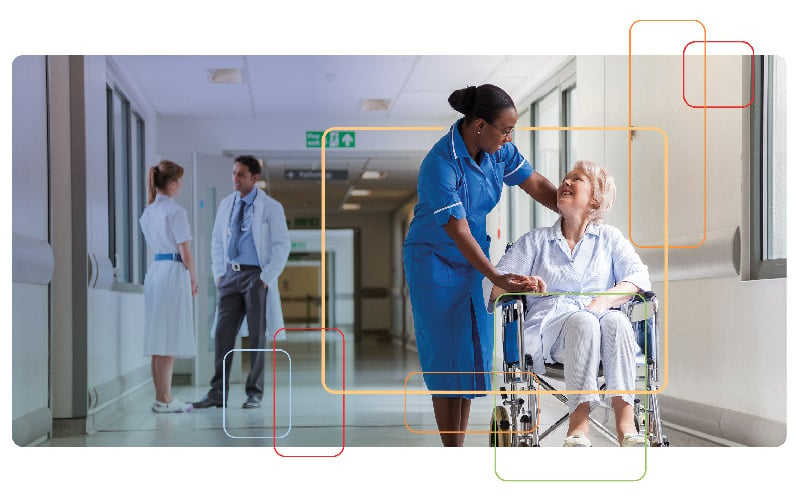
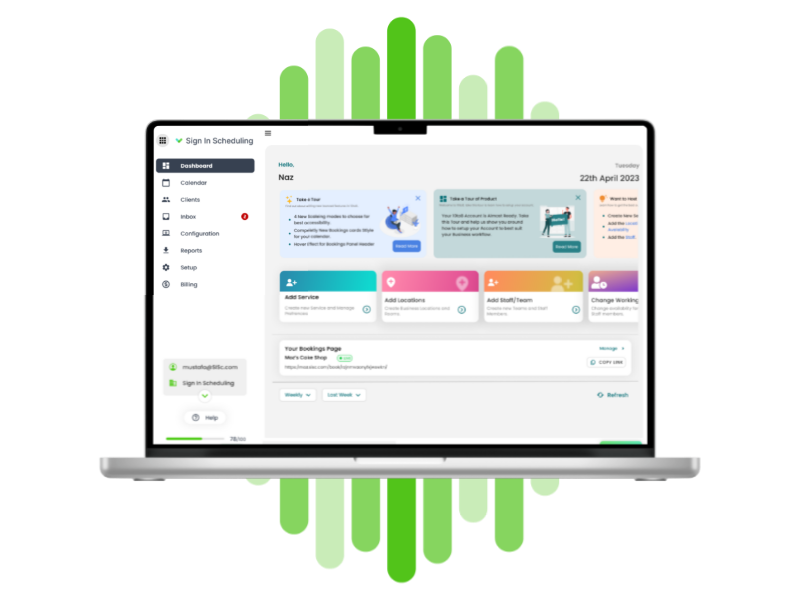


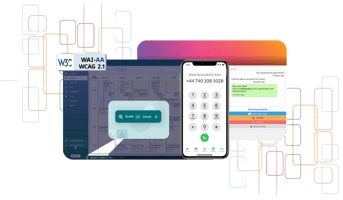

Blog comments